Case Study: Improving Athletic Performance through Haptic Feedback and Physiological Sensing
In the fast-paced world of sports, where success hinges on a combination of skill, strategy, and performance, athletes continually seek ways to enhance their capabilities. Recently, we embarked on an exciting project to develop a wearable tech device for a renowned client in the sports fencing industry. This case study outlines our collaborative approach to the product development, highlighting our expertise in electronics and product development.
Our client, an established brand in the sports equipment industry, recognised the rising need for technology to support athletes in their training and performance. They sought to create a wearable device that would not only enhance the competitive edge of fencers but also provide health insights during practice and competition. The primary objectives were to develop a compact, durable, and comfortable wearable device capable of delivering precise haptic feedback while simultaneously collecting and transmitting physiological data.
Our product development process always begins with thorough research and collaboration. We engaged with fencing coaches and athletes to gain insights into the specific needs of fencers. Understanding the nuances of their training and competition environments allowed us to design a device that could seamlessly integrate into their routines.
Our R&D team focused on two main facets: the haptic feedback system and the health monitoring capabilities. To ensure optimal performance, we explored advanced electronic components, selecting sensors that provided precise measurements while maintaining a lightweight design for comfort during rigorous activities.
The haptic feedback was designed to offer tactile cues, enabling fencers to improve their reflexes and timing without interrupting their focus. This feature not only caters to the physical aspects of fencing but also aims to enhance cognitive responses during matches.
With a clear vision established, we moved into the prototyping phase. We produced several iterations of the wearable device, rigorously testing each prototype to ensure functionality and reliability against the initial requirements. At ZTprototypes, we always emphasise the importance of agile development, allowing us to incorporate feedback from athletes and coaches at every stage of the prototyping process.
The device's ergonomics were also a critical focus, resulting in a design that conformed comfortably to the user's wrist while maintaining a sleek aesthetic.
Once the prototypes were developed into a custom hardware and firmware solution, we conducted a series of field tests to validate the device's performance under real-world conditions. Our collaboration with fencers was instrumental in identifying potential areas for improvement. Athletes tested the device during training, providing valuable feedback that informed a series of design iterations.
After final testing and validation, we successfully finalised the design and moved into production. The result was a sleek, sophisticated wearable device that combined haptic feedback with advanced health monitoring features.
The completion of this project marked a significant achievement for our client and has allowed them to expand into the sports technology sector. For fencers, this wearable device not only enhances performance but also provides crucial health metrics that can inform training and recovery regimens.

